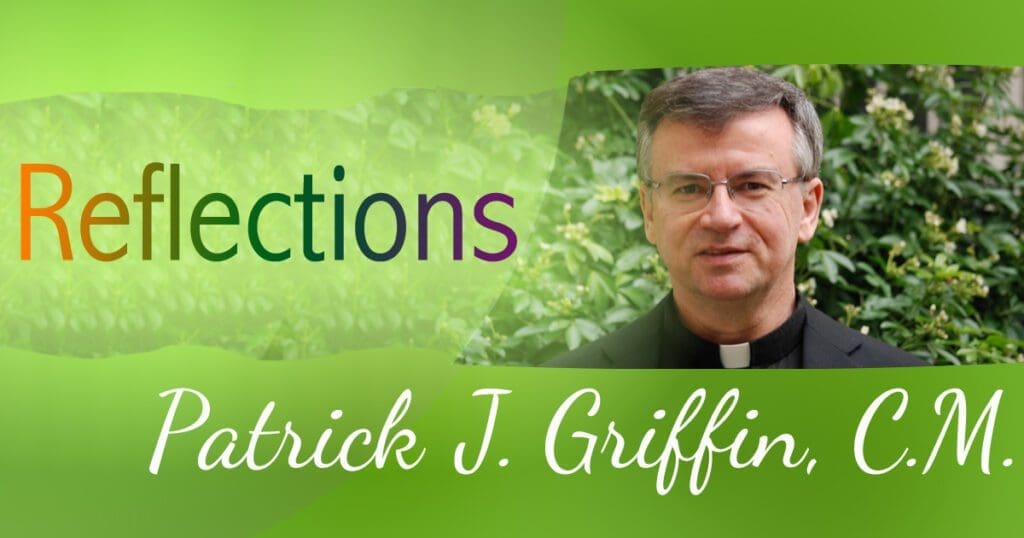Our liturgical year has again arrived at its longest season. After the preparation of Advent draws us into the joyful celebration of Christmas, we move to “ordinary time” until Lent leads us into the Easter Season and Pentecost. Then, ordinary time once more carries on until Advent. Before Vatican II, we spoke about the “Season after the Epiphany” and the “Season after Pentecost.” We numbered the Sundays accordingly. Now, we call these weeks “Ordinary Time.” The “special” seasons immerse us in purple and white and red. “Ordinary time” colors our world with green. That seems appropriate. Green dominates the colors of the lands on which we live. This truth represents “ordinary” in its best sense. It symbolizes life and fertility and growth.

“Ordinary” does not signify “unimportant” or “dull” as compared with the colorful seasons. It means more like normal and familiar—as green saturates our world and its vitality. Ordinary time engages us in the long-haul, the steady path, the journey in faith.
We spend most of our lives in ordinary time. No negative meaning surfaces. One might say that this term defines less the cycle between the special seasons, and more the period for which the special seasons prepare us. (Or, is it the other way around?) We aspire to live each day with the experience of the incarnation, the joy of the resurrection, and the promise of the in-welling Spirit. They all lead through the liturgical year to the celebration of the one truth that drives our faith and defines our hope: Christ is King.
Think about Moses. He had the experience of the Lord at the burning bush, followed by the Passover event. Then, he crosses the Red Sea and encounters the Living God on Sinai. For forty years afterwards, however, he wandered in the desert in search of the Promised Land. Jesus passed three years in public ministry, but thirty year in a hidden life. Catherine Labouré spent a few hours in the presence of the Blessed Mother. Yet, for decades before and afterwards, she lived the standard life of a Daughter of Charity in simple service.
Our lives are similar. Great events and particular decisions may determine important directions, but more time passes in living out or preparing for our choices and actions. Most days are ordinary in the best sense.
Vincent lived in ordinary time. He did not seek the spectacular act or the brilliant strategy, but the day-by-day service which gave food, clothing and shelter to those who lacked the most basic necessities each day. He advocated “…humble, simple, and ordinary actions, which are, however, the most useful ones” (SVdP, CCD 8, p. 40). Louise gets it:
“Blessed are those persons who, under the guidance of Divine Providence, are called upon to continue the ordinary practices of the life of the Son of God through the exercise of charity.” (LdM, SW, L.A26, p. 821)
Our goodness is not planned or calculated according to a schedule or chart but receives expression in freedom and with generosity. It happens in ordinary time.
A sentence from the Act of the Apostles describes Jesus in his customary ministry:
He went about doing good and healing all those oppressed by the devil, for God was with him. (Acts 10:38)
These first words are recorded in Latin above the body of St. Vincent on the rue de Sèvres: Pertransiit benefaciendo (“He went about doing good.”). Similarly, they are engraved in stone above the grave of Rosalie Rendu. To go about doing good should define our everyday way of acting. Our Vincentian charism focuses that daily effort upon the poor. For us, it should be very ordinary.







Thanks for a really fine reflection!